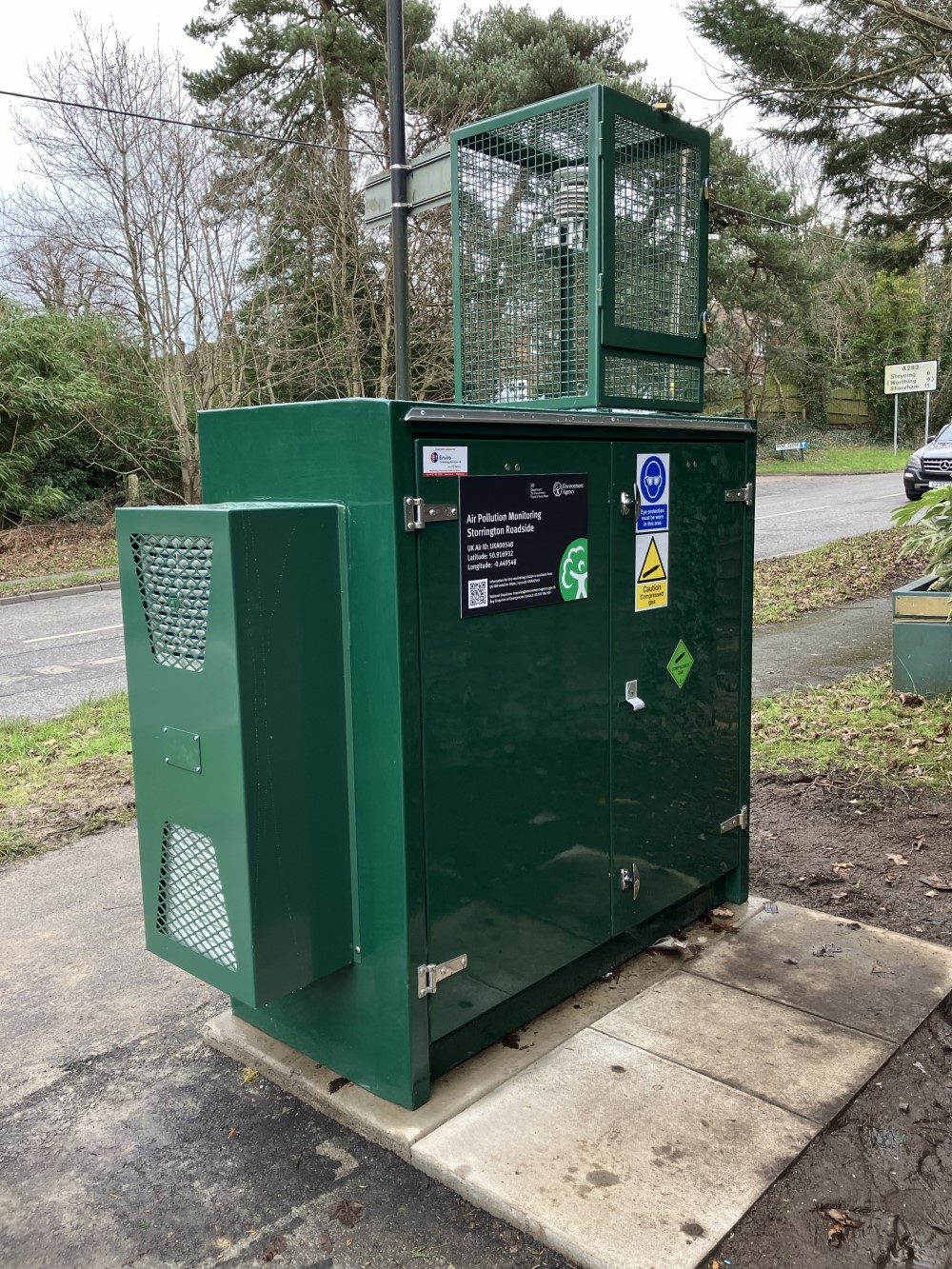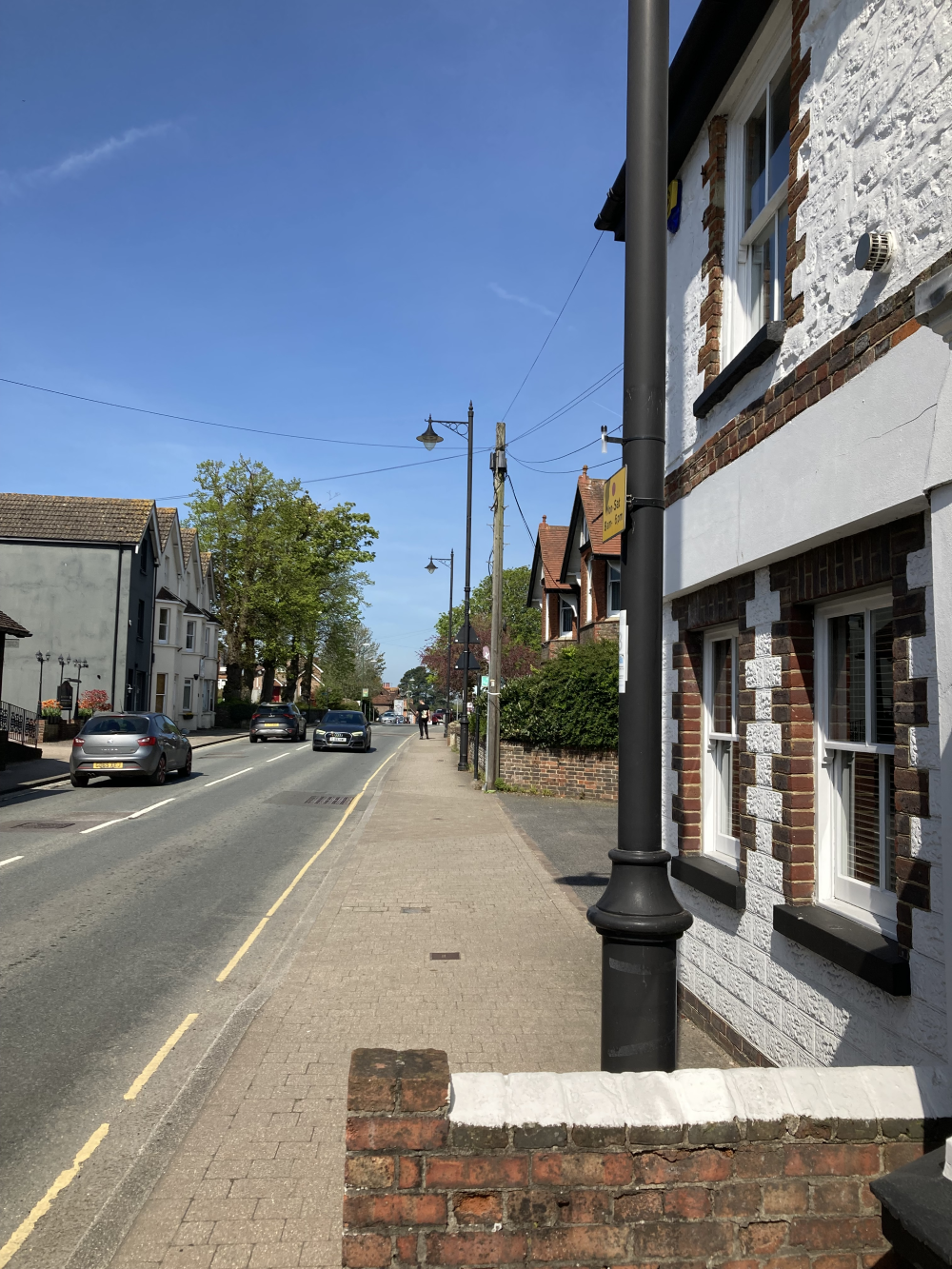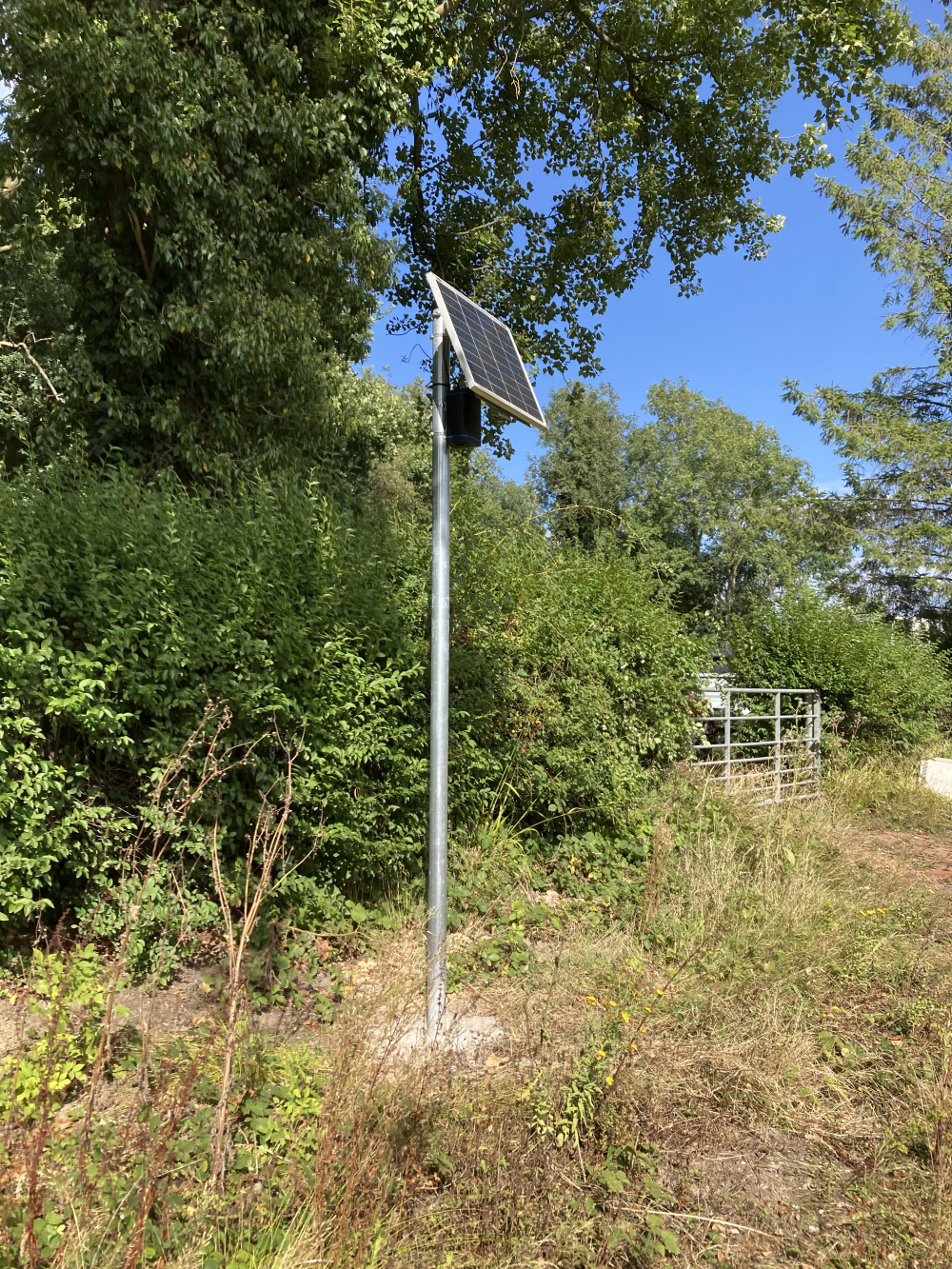Air quality
In this section
How we monitor air quality
In Horsham District, air quality is monitored and reported at 42 locations through three monitoring techniques: automatic monitoring, passive monitoring (diffusion tubes) and air quality sensors.
What we monitor
We measure levels of Nitrogen Dioxide (NO2) and Particulate Matter (PM).
- Nitrogen Dioxide is is a gas that is commonly released from the combustion of fossil fuels used in heating, power generation, and engines.
- Particulate Matter (PM) is everything in the air that is not a gas. The major components of PM are small particles of sulphate, nitrates, ammonia, sodium chloride, carbon, mineral dust and water. Particles are classified according to their size, and different sources of emissions produce different sizes of PM. For example, construction work emits a higher proportion of PM10, whereas car engines and other industrial combustion processes emit more PM2.5.
Under Part IV of the Environment Act 1995 we have a legal duty to review and assess current and future air quality against air quality objectives established in the National Air Quality Strategy.
Sign up for free Air Alert updates
Air Alert is a free messaging service that alerts its subscribers when poor air quality is forecast. You can sign up online and choose to receive alerts by text message, voicemail and/or email.
Automatic Monitoring
Air quality is constantly measured in Horsham district. We have three air quality monitoring stations, in Horsham, Storrington and Cowfold. These stations produce real-time data of air pollution levels and show whether pollution is exceeding the Government’s annual limit.
- Horsham Park Way, monitoring Nitrogen Dioxide (NO2) and coarse particles (PM10)
- Storrington Manley's Hill, monitoring NO2, PM10 and fine particles (PM2.5)
- Cowfold, monitoring Nitrogen Dioxide (NO2)
Live air quality data can be accessed in close to real time at Sussex-Air website.

Passive Monitoring (Diffusion Tubes)
Horsham district has a network of 49 passive diffusion tube samplers across a variety of locations.
Diffusion tubes are a fairly low-cost method of monitoring air quality. The small plastic tubes can be attached to street furniture and it absorbs a pollutant from ambient air, usually nitrogen dioxide.
Diffusion tubes take samples over an approximate 1 month period. As such they are useful for assessing the annual objective of, but cannot be used to identify daily trends or short-term air pollution episodes.
After the sample is collected, the diffusion tubes are transported to certified laboratories for analysis and the data undergoes a Quality Assurance/Quality Control correction, to ensure the data is accurate and can be used for official reporting.

Air Quality Sensors
Recent developments in air quality monitoring have resulted in new sensor systems that potentially provide an informative low-cost addition to automatic monitoring.
Horsham district has 3 sensors in the district monitoring NO2, PM10 and PM2.5, these are located at:
- Storrington Manley's Hill/School Hill mini-roundabout
- Langhurstwood Road
- Cowfold, co-located with the automatic air quality station
Live air quality data can be accessed in close to real time on the Brighton & Hove and Sussex Real-Time Air Quality Portal.

